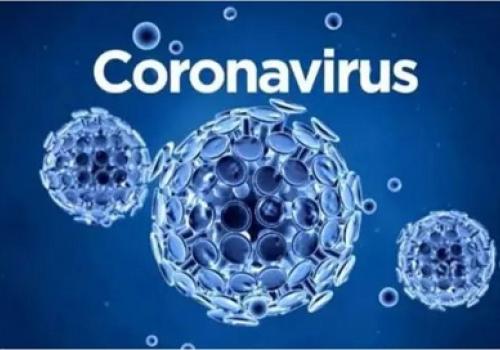There is an increasing concern worldwide in the face of the spread of the coronavirus, which has killed about 132 people in China and infected people in the United States, Australia, Canada, France, Japan and South Korea. This advisory is issued so that the SADC Secretariat staff and the public in SADC Member States can understand the basic tenets of how to identify the symptoms of the disease, the mode of contamination and the precautionary measures to apply?
The new Coronavirus appeared at the end of December in the city of Wuhan, in central China and is related to the SARS (Severe Acute Respiratory Syndrome) virus that caused fatal epidemics worldwide in the 90’s. It is called “novel” because it’s new, not known to humans until the first case was identify in china. Considering that this virus is new, there is still more to learn on how it affects the people who are sick with it, how they can be treated, and what countries can do to respond to it. Current estimates of the incubation period of the virus range from 2-10 days. The transmission is essentially form humans to humans, through air droplets (coughing, sneezing, contact with contaminated objects and surfaces).
Understanding the time when infected patients may transmit the virus to others is critical for control efforts. Detailed epidemiological information from more people infected is needed to determine the infectious period of 2019- nCoV, in particular whether transmission can occur from asymptomatic individuals or during the incubation period.
What are the symptoms of the 2019-nCoV?
The coronavirus is a respiratory virus. The main symptoms are fever, flu-like syndrome, headache, pain in the joints and muscles at first. Secondly, respiratory signs may appear with cough, sputum and shortness of breath, or pneumonia which can be severe and lead to death.
Since the symptoms of the 2019-nCoV are similar to those of the common-cold (flu-like) virus, the concern should be whether the affected person has travelled to countries that have an active outbreak of the Corona virus (e.g. China) or has been in contact with an infected person, essentially someone who has travelled to China and has developed the symptoms described above. Like any other viral illness, this virus is more fatal in people with reduced immunity (HIV patients, the elderly etc.) than in those with good health.
How to prevent the spread of 2019-nCoV – General precautionary measures
- Avoiding close contact with people suffering from acute respiratory infections.
- Frequent hand-washing, especially after direct contact with ill people or their environment.
- Avoiding unprotected contact with farm or wild animals.
- People with symptoms of acute respiratory infection should practice cough etiquette (maintain distance, cover coughs and sneezes with disposable tissues or clothing, and wash hands).
- Within healthcare facilities, enhance standard infection prevention and control practices in hospitals, especially in emergency departments.
Individual precautions
- Basic hygiene precautions such hand washing must be observed at all time. After coughing, sneezing or caring for sick people.
- Cover nose and mouth when coughing and sneezing with tissue or flexed elbow. Dispose the tissue in a closed bin.
- Avoid close contact with anyone with common cold or flu-like symptoms
- A person with a history of recent stay in China with fever and flu-like symptoms must be treated as potentially infectious
- Avoid unprotected contacts with wild animals
Institutional/Member states precautionary measures
- Identify, isolate and care for patients early, including providing optimized care for infected patients, this include a mandatory fever screening at point of entry and isolation as necessary.
- Identify and reduce transmission from the animal source;
- Communicate critical risk and event information to all communities and counter misinformation; Minimize social and economic impact through multisectoral partnerships.
- Preventing further international spread from China
Travel recommendations
WHO does not recommend any specific health measures for travellers. In case of symptoms suggestive of respiratory illness either during or after travel, the travellers are encouraged to seek medical attention and share their travel history with their health care provider. Travel guidance was updated on 24 January.
WHO is providing guidance on early investigations, which are critical to carry out early in an outbreak of a new virus. The data collected from the study protocols can be used to refine recommendations for surveillance and case definitions, to characterize the key epidemiological transmission features of 2019-nCoV, help understand spread, severity, spectrum of disease, impact on the community and to inform operational models for implementation of countermeasures such as case isolation, contact tracing and isolation.
| Attachment | Size |
|---|---|
| SADC_ADVISORY_ON_CORONAVIRUS.pdf | 797.55 KB |

